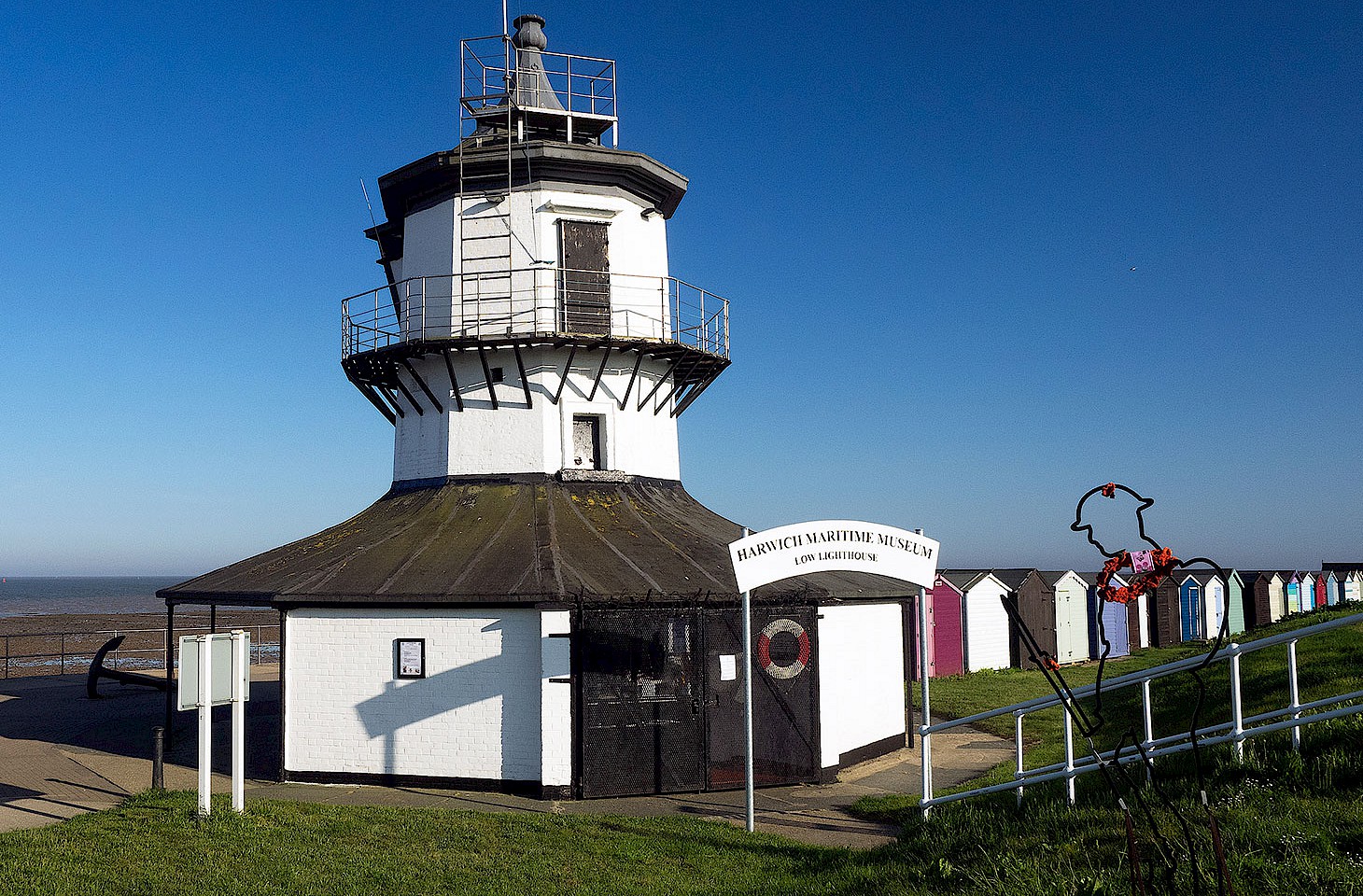For a book that was to make history, the slim first edition looks entirely inconsequential. It can easily be slipped into a jacket pocket. Its over-fussy front cover is typical of the age, so full of competing text that it is hard to discern which of the messages are really important.
A large shaded banner proclaims: ‘Tourist’s Hand Book’. Above that prominent banner are the words ‘Cook’s Continental Time Tables’ while on the title page there are numerous amplifi cations and qualifications, including the advice that the volume includes “details of all routes to Vienna for the Universal Exhibition.”
The year is 1873, and the book is the pilot issue of the volume which later came to be known colloquially as Cook’s Continental and today is still published as the European Rail Timetable.
1873 was a key year in a golden age of European a growing middle class could now afford journeys to see regions that their parents would never have dreamed of visiting. In England, in particular, there was a huge appetite for visiting accessible regions of the near-continent, notably the Low Countries, the Rhineland and the western Alps.
Cook conquers Europe
Few of these travellers from England could afford berths on the first Wagons-Lits sleeping cars which in 1873 made their debut on routes from the port of Oostende to Germany. Instead the new adventurers, ever conscious of keeping to a budget, travelled by day trains, usually in second class. They stayed in modest hotels, paying with special coupons supplied by Thomas Cook — an ingenious invention which permitted travellers to know prices in advance and avoided having to fiddle with foreign currency. There was also the security of having a hotel explicitly commended by the omniscient Cook.
Thomas Cook provided for the tourist’s every need, his candid advice to clients always communicated with an enthusiasm that sometimes veered towards sermonising. For some, there was the chance of a tour personally escorted by Thomas Cook, and this gave nervous travellers or first-timers the chance to venture abroad with greater confidence. Cook’s tours became especially popular with single women. But there were also great cohorts of travellers who were entirely happy to go-it-alone with the help of Cook’s prepaid coupons and, from March 1873, his invaluable timetable. The choices of routes preferred by those early travellers did not greatly vary. They stuck to Cook’s recommendations, favouring hotels where they would inevitably meet other English guests.
The frontispiece of that very first edition of Thomas Cook’s timetable is embellished with a reminder that, although this pilot issue is free, a second edition in June 1873 will carry a price tag. travel. European tourism was booming, and




